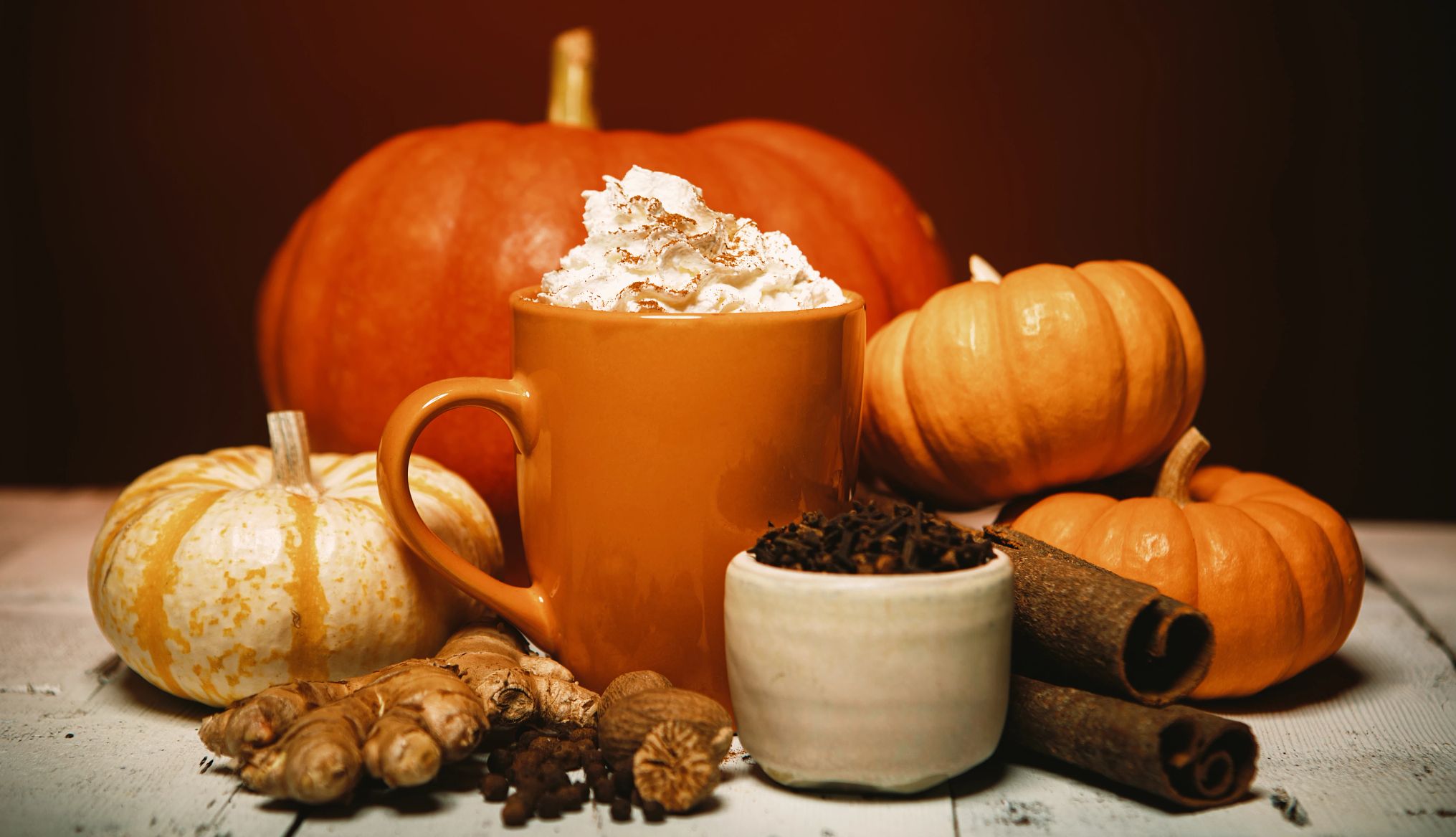AARP Hearing Center


One of the most distinctive harbingers of the fall season is the return of pumpkin spice — to coffee shops, to menus and to some things that aren’t even edible. Pumpkin spice flavoring is so popular that some merchants will add it to just about any product to garner attention.
And it’s big business. In 2023 the market for pumpkin spice flavorings was valued at $1.1 billion.
The Pumpkin Spice Latte at Starbucks is the poster child for pumpkin popularity. It debuted in 2004 and reappeared on the menu on Aug. 22, along with its iced Pumpkin Cream Cold Brew.
It’s not just the flavor that fans love. Research from Stagwell Marketing, found that smell tops the list, with the scent ranking as the best part of pumpkin spice for 66 percent of respondents (just 48 percent ranked taste as the highlight).
There may also be a neurological factor driving pumpkin fandom. Marie Wright, a food chemist and the chief global flavorist at ADM, a Chicago-based company that supplies ingredients to food manufacturers, says that fall flavors appeal to the primitive part of the brain, where memories and emotions are stored. “It evokes the feeling of warmth, security and coziness,” Wright says of pumpkin spice.
Here’s a look at some of the limited-edition pumpkin spice products that will be available in the coming months.
Pumpkin spice latte
The iconic fall drink is most closely associated with Starbucks, but competitors have pioneered their own versions — including. Peet’s Coffee, The Coffee Bean & Tea Leaf, Tim Hortons and Saxbys, along with other national chains. Most are available for a limited time.
You don’t need a barista to get your PSL fix. Death Wish Coffee, Green Mountain Coffee Roasters and, of course, Starbucks all offer pumpkin spice flavored beans to brew at home.
Dunkin’
Dunkin’ is offering pumpkin-themed doughnuts, muffins and Munchkin (doughnut holes) on its fall menu, which debuts on Aug. 28. The New England–based chain is also offering its Pumpkin Spice Signature Latte, which can be ordered hot or iced.
Beer
The combination of hops and pumpkin spice has proven popular as craft breweries and big beer brands release pumpkin-flavored ales this fall. New Belgium released Voodoo Ranger Atomic Pumpkin, Southern Tier Brewing Co. has a seasonal Pumking Imperial Pumpkin Ale and Samuel Adams calls its Jack-O “The Perfect Fall Beer.”




































































More From AARP
Legendary Chef Jacques Pépin Shares New Recipes
Try your hand at his delicious Herb-Stuffed Zucchini Boats and Apple-Pear Brown BettyDelicious BBQ Recipes From 5 Cookbooks
Try ribs with chipotle pomegranate BBQ sauce, cauliflower parmesan steaks and more finger-licking good meals5 Fall Recipes Grandmas Used to Make—And You Still Can
Pull out those baking pans and soup pots and get ready for seasonal autumn flavors
Recommended for You